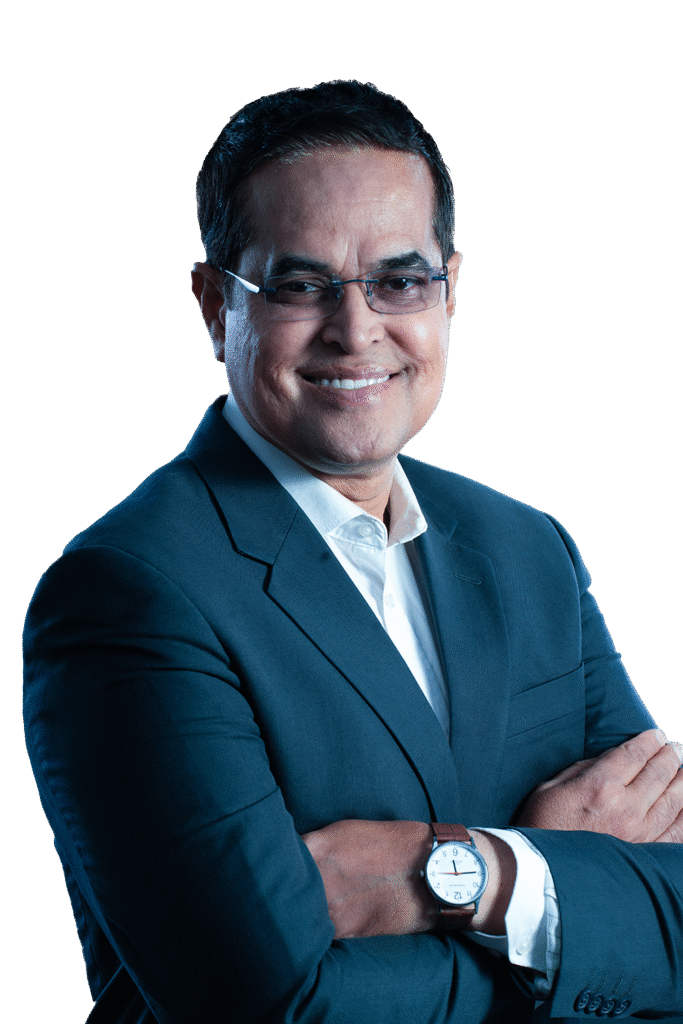
By
Quazi M. Ahmed
Founder & President, BOND
In the 21st century, knowledge is not just power it is a nation’s most valuable currency. For Bangladesh to achieve long-term progress, knowledge sharing must go beyond short-term initiatives and become a sustainable, institutionalized process. That means building infrastructure not just physical, but digital, human, and strategic that enables continuous learning, innovation, and cross-border collaboration.
At the heart of this mission is BOND (Bridging Organization with NRBs for Development), which seeks to transform the scattered goodwill and expertise of Non-Resident Bangladeshis (NRBs) into a long-lasting system of knowledge flow that benefits every layer of society in Bangladesh.
Why Infrastructure Matters for Knowledge Sharing
While occasional webinars, charity projects, or visiting lectures have value, they often lack continuity. To make real impact, knowledge sharing needs a framework one that ensures:
- Consistency over time
- Accessibility to all, regardless of location or status
- Integration with local institutions and priorities
- Feedback loops for improvement and adaptation
Just like roads and bridges connect people physically, we need platforms, networks, and strategies that connect minds locally and globally.
Key Components of a Sustainable Knowledge Infrastructure
1. Digital Platforms for Learning and Collaboration
Creating centralized and accessible digital hubs is essential. These platforms can host e-learning modules, mentorship forums, expert directories, and research collaboration spaces. With the help of NRBs, these platforms can be populated with world-class content tailored to Bangladesh’s context.
2. Institutional Partnerships
BOND can serve as a connector between NRBs and universities, training institutes, government bodies, and private sector entities. These partnerships ensure that global expertise is embedded into local systems, rather than operating in isolation.
3. Diaspora Talent Networks
A structured registry of NRBs categorized by profession, expertise, and willingness to engage can help match the right talent to the right opportunity. This makes knowledge exchange targeted and efficient.
4. Capacity-Building Programs
Sustainable knowledge flow isn’t just about bringing in new ideas it’s also about strengthening local capacity to absorb, adapt, and apply that knowledge. NRBs can train local educators, professionals, and leaders to continue the learning process long after the initial engagement ends.
5. Policy Advocacy and System Integration
To truly institutionalize knowledge flow, it must be supported by national policies. BOND can play a key role in advocating for frameworks that encourage diaspora engagement, recognize foreign qualifications, and promote research collaboration.
The Role of NRBs in Long-Term Knowledge Ecosystems
NRBs are more than guest contributors they are potential architects of Bangladesh’s knowledge economy. From Silicon Valley engineers to London-based doctors, their collective insight can help design the curriculum, innovation hubs, virtual labs, and public policy that power Bangladesh’s future.
For example, an NRB-led think tank can advise on digital education reform, while another group of NRBs might help establish a research grant fund for emerging scientists in Bangladesh. The key is to align their expertise with national development priorities and make the connection ongoing, not occasional.
BOND: A Bridge That Lasts
BOND is committed to building not just one-time programs, but long-term pathways. Its mission is to lay the groundwork for a sustainable knowledge infrastructure by coordinating efforts, ensuring impact measurement, and fostering a culture of learning that transcends borders.
Final Thoughts
Sustainable development cannot happen without sustainable knowledge systems. The world is moving fast and Bangladesh must keep pace by creating smart, inclusive, and forward-thinking infrastructure for knowledge flow.
With NRBs as partners and BOND as a facilitator, Bangladesh can turn today’s ideas into tomorrow’s institutions.
